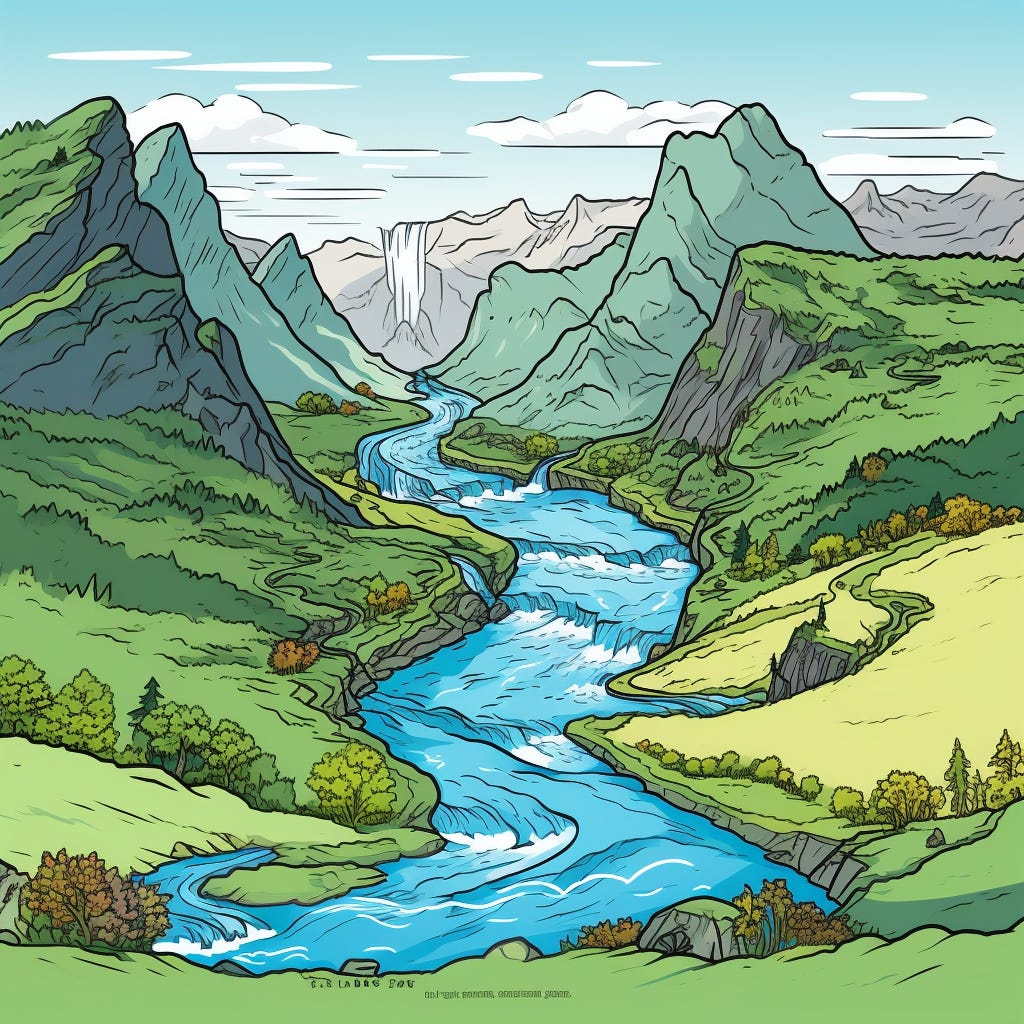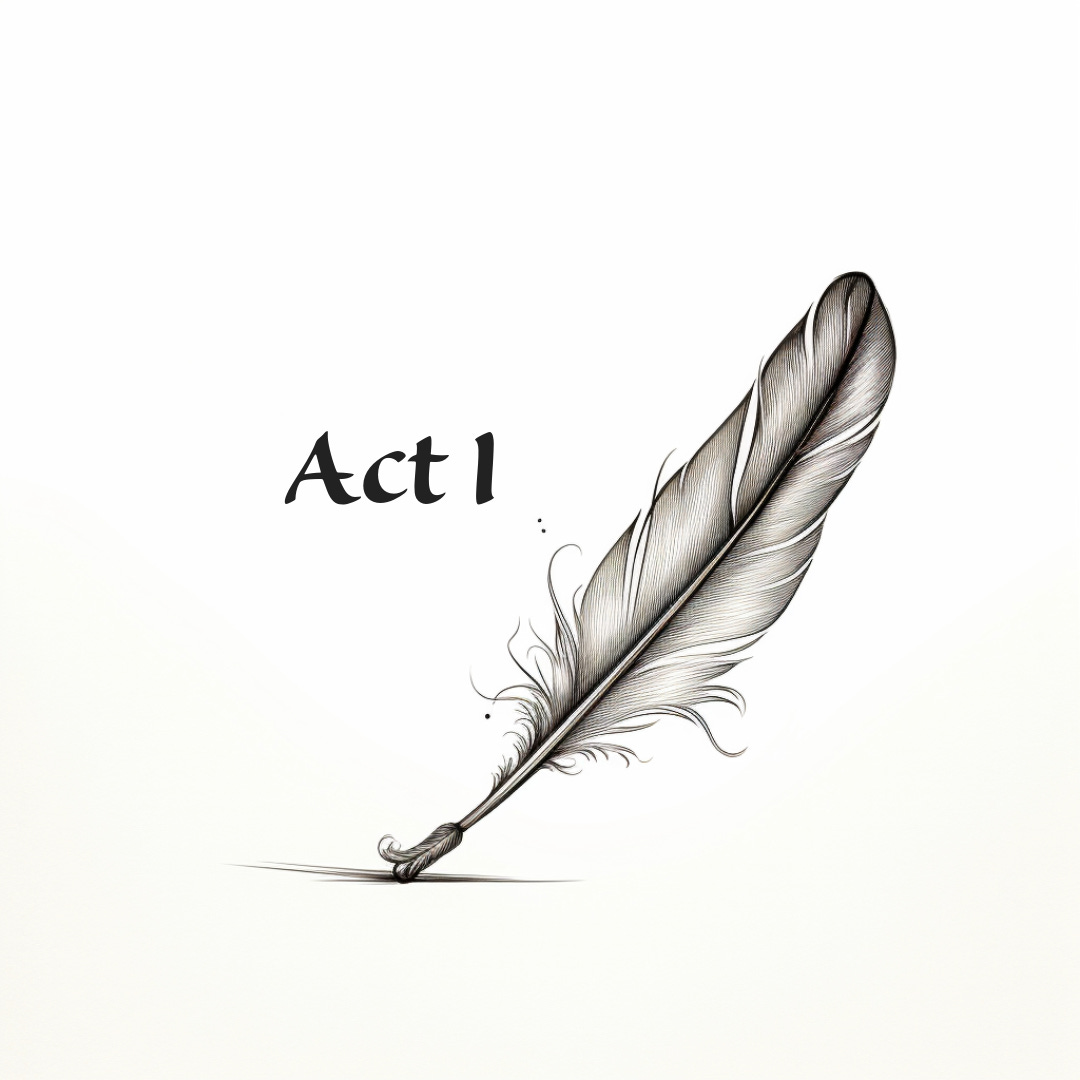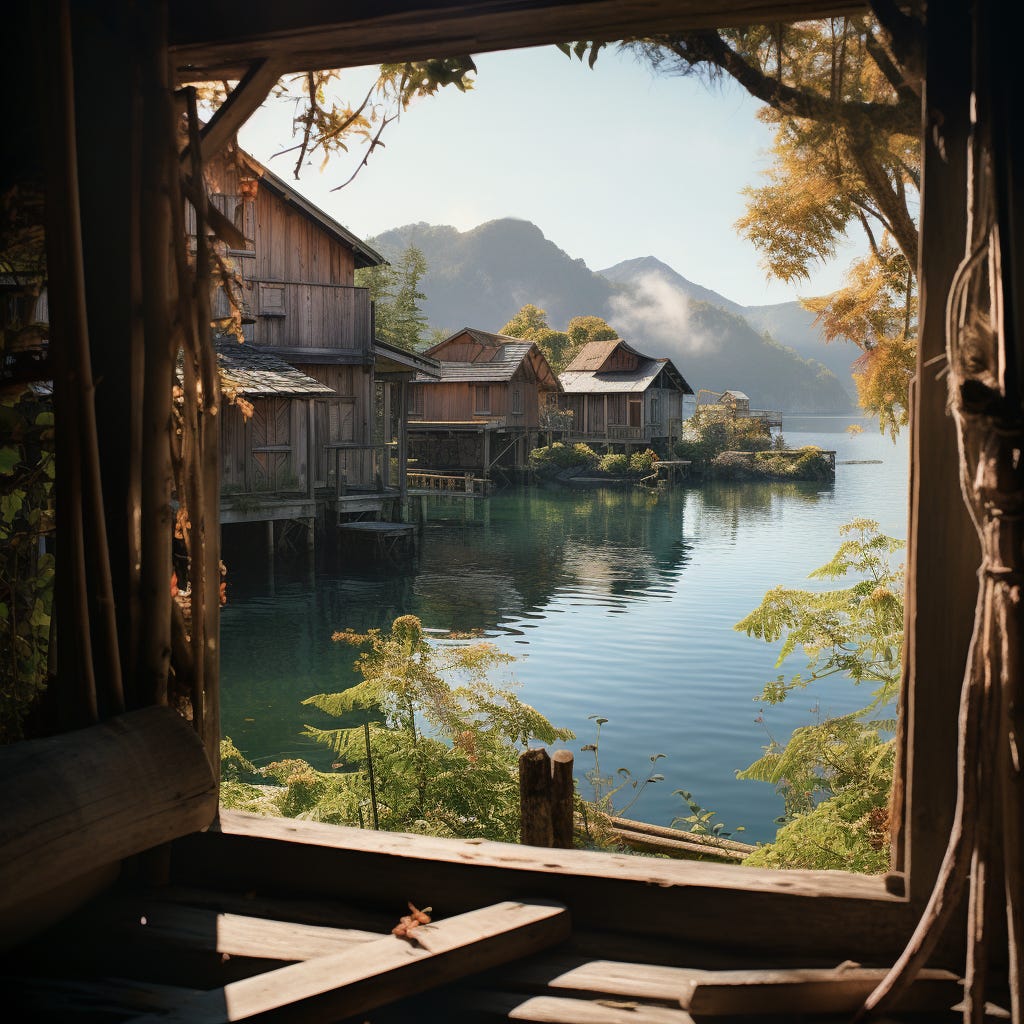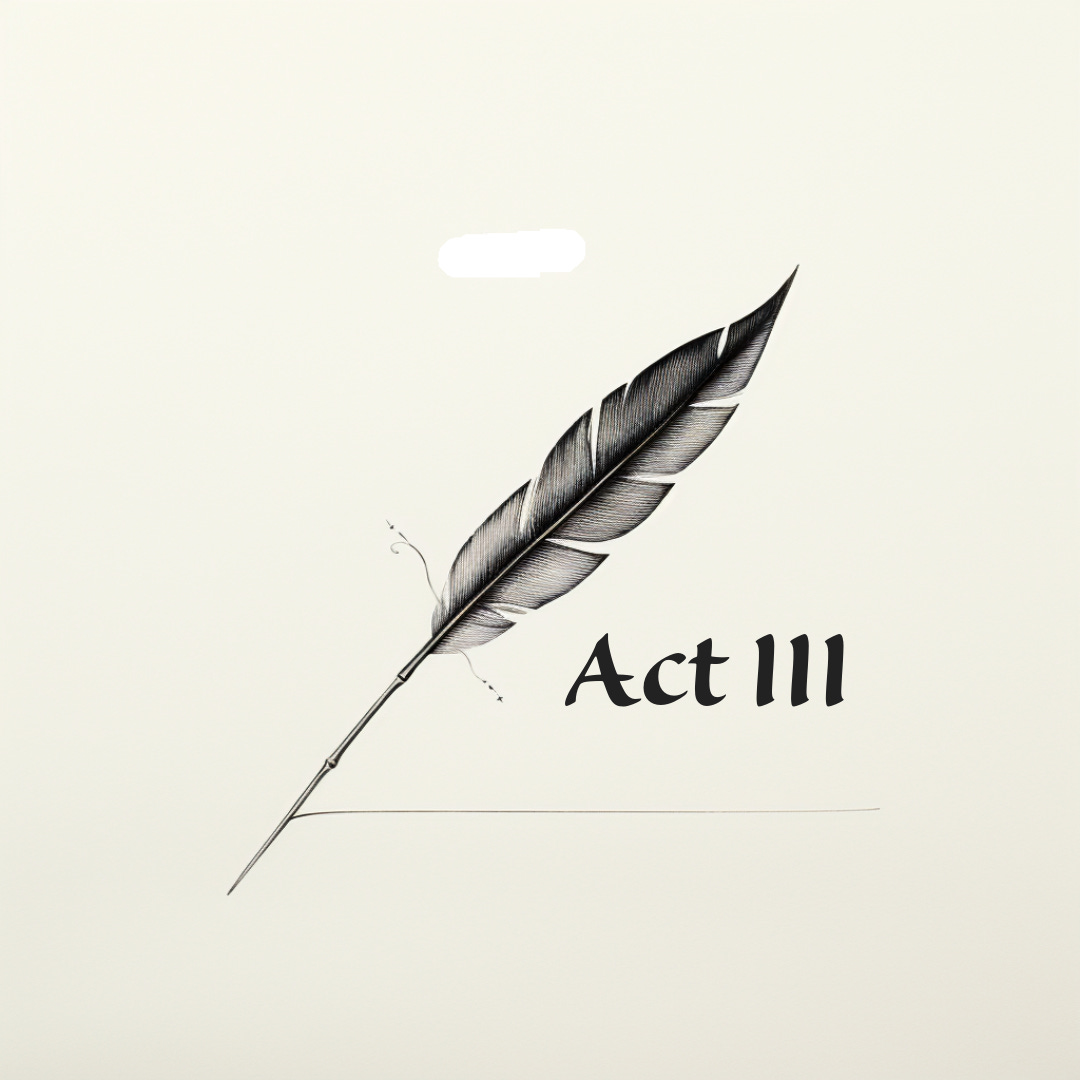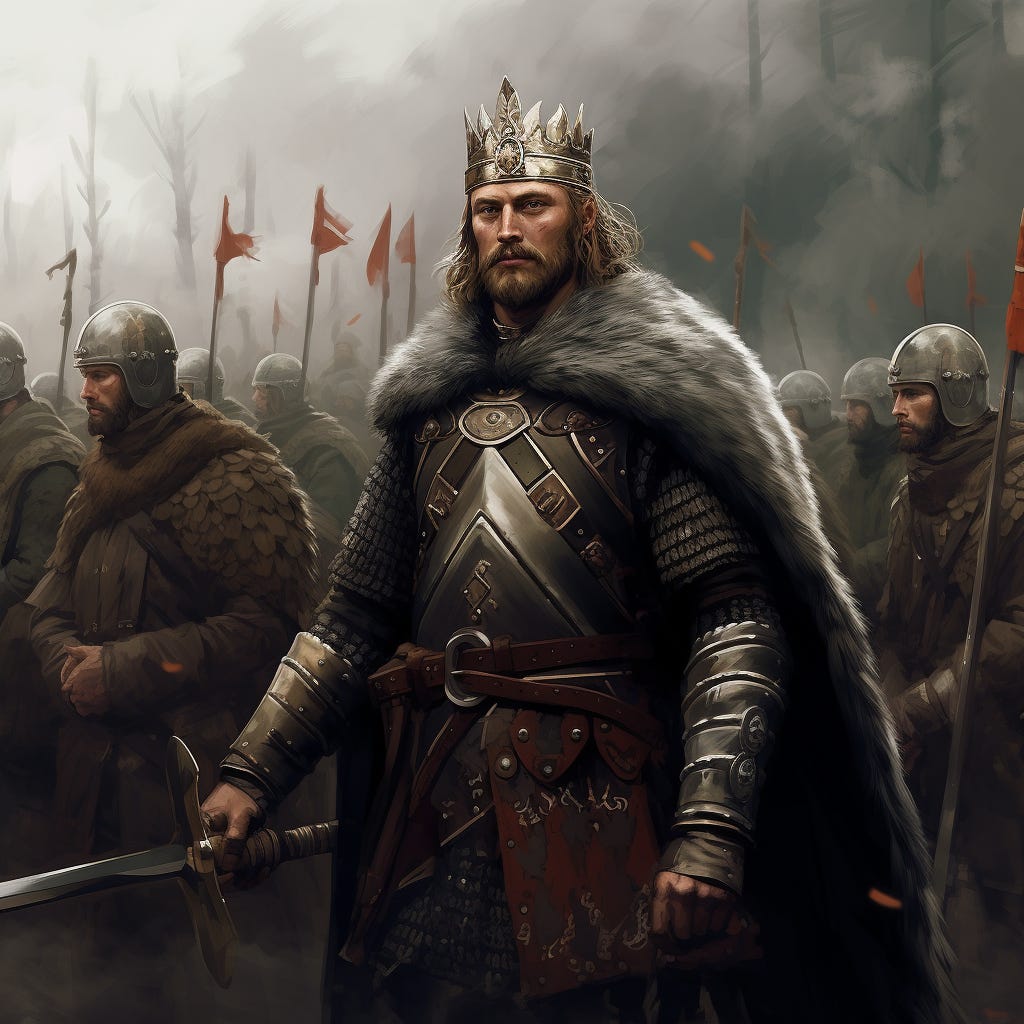How to structure a novel - the three-act structure with specific examples
Aspiring novelists sometimes feel like they have the blueprint for a skyscraper in their head. If they allow themselves to be forgetful, the blueprint will disappear, and the skyscraper will never be built. Even if you start writing the novel, there is always so much left that need maintenance and constant cross-checking in your head, just to make sure that all elements are in their right place.
If you are one of these writers, you should immediately head over to the drawing board and start fleshing out your story in bullet points, just so that you have all of your ideas written down somewhere. The three-act structure is a great way to structure your thoughts, mainly because it’s very simply, as it can be divided into three parts. Once the bullet points are in place, you can start expanding on them.
In my last blog post, I briefly mentioned how writers can be divided into architects and gardeners, where the architects mainly focus on structure, while the gardener likes best to plant seeds of ideas and nurture them, allowing the story to grow organically over time. Stephen King is an example of someone who sees himself as a gardener and made the analogy that it's like he's sitting at a bonfire, seeing people come and go as time progress.
The problem for gardeners can be that they get lost in their own mess and forget that certain things don't make any sense once you get deeper and deeper into the story, because the more complex the story becomes, the more you need to "control". For architects, it can sometimes feel like the story is too calculated and everything needs to fit neatly into pre-defined boxes which leaves no room for playfulness or intuitive ideas.
However, most writers fall into both camps, but you will most likely lean more towards one side than the other. For the sake of simplicity, I will only cover the three-act structure in this blog post, which will be most relevant for architects, and most points will be based around my last project, to give context to each point.
The basics
Before you start on the structure of the story, it can be a good idea to figure out the basics: Who is the protagonist and antagonist of the story, as well as the supporting characters? What is the setting like? What will be the conflict, or the driving force of the story?
The way I solved this in my project was to think about the fundamentals. I personally think any protagonist should reflect the author at least to some degree. So the way to figure out who the protagonist is, should be to ask yourself "Who am I? What type of journey do I want to go on or would it make sense for me to be a part of?". I tried to answer these questions for myself while going to University, because I knew that I would need an answer once I started working on my novel.
The problem I had was that I was studying a different language than my mother tongue. It made no sense for me to write about a character who grew up in London or New York, because I have no idea what it's like to grow up in those places. It would be too superficial. (I wrote about this in some of my very first blog posts).
The only way I could solve the problem was to write about a character in Norway, and I would have to write in Norwegian (although I have translated parts of it in English for this blog post). Unfortunately, even this was problematic, because I don't know what it's like to grow up in Oslo, and if I write about a character from my own region, I'm basically writing an autobiography, which I wasn't interested in. I had to ponder about this conundrum for quite some time until I realized that going back in time was the ultimate solution.
I have always loved history and even studied it in school. I didn't know much about Norwegian history, though, but this would be a great opportunity for me to learn about exactly that. So I went to my local University library and did some research on Viking history.
At first, I thought I would have the same issue in the Viking age, because if I had to pretend to understand a protagonist who had grown up in the Viking age, it would seem way too superficial. "When I was young and grew up in my Viking farm, we used to do this and that". The way I solved that problem was to have a person who went back in time to see the Viking age as if for the first time, which was a direct reflection of my own experience, sitting in the library, going back in time to see the Viking age as if for the first time.
You don't need to think like me, but at least try to rationalize your choices in some way. It's a great way to make your character feel genuine.
The three-act structure
The Three-Act Structure is divided into three parts (obviously), with a setup, confrontation and resolution. Many modern writers have moved away from this type of structure because they find it too simple. Why not write something more complex instead? Like a plot twist and then a plot twist after the first plot twist, and intricate characters who are not what they first seemed. I also had this view, until I sat down and tried to write one of those complicated stories. I didn't know how to connect all of those dots together in practice while writing. It was too much. Every sentence I wrote seemed wrong and the story immediately started contradicting itself.
It's very common to have this experience when you first start writing, which is why I decided to keep things simple when working on my most recent project. A simple three-act structure with an easily recognizable beginning, middle, and end was exactly what I was looking for. I even went one step further and created an environment which reflected the three acts geographically, with a river running through the great fjords of Norway that the protagonist would follow from beginning to end.
The river is a simple representation of life itself which runs straight out into the great ocean. At the end of the book, the protagonist will enter the vast, endless ocean which symbolize death, where the great battle also takes place. This is something I learned when studying classical literature, that if the environment has symbolic meaning, it will add some extra meaning to the text. Not only do I have a three-act structure in the story, but also in the geographical environment. Symbolic birth (beginning, as you can see in the first text of the story further down below), symbolic life represented by the river (middle), and symbolic death (end).
Act I
The hook
To start your novel, you need a hook to grab your reader's attention. In a recent blog post, I wrote about how I used to read the first few pages or chapters of any book I came across, no matter where I was, just to get a good sample size of other introduction or hooks from other authors. Too often, I was underwhelmed by the hooks. They did not grab my attention and was not interesting enough for me to be engaged in the story.
One of the best ways to reel the reader in, is to start with some kind of action from the very first page. To start the novel with a bang. This usually means that the life of the protagonist is threatened. On a side note I can say that my favorite books are classical literature, where precise and clever word-smithing is more important. However, for this specific project, I chose the "action hook" and I thought it worked well. Here are the first few paragraphs of my novel, which shows a drowning protagonist who also goes back in time and is confused about his whereabouts:
I battled against the instinct to breathe as I regained consciousness. I was plummeting through the water, my senses barely returning. For a fleeting moment, everything seemed to halt, time and space distorted, stretched out, imploded, exploded - and the world was abruptly transformed, or at least it felt that way for a brief instant.
The surface of the water was difficult to distinguish as darkness enveloped everything, the only visible sign being the bubbles that ascended like a pillar towards the surface, their end point obscured from view. The water resisted my attempts to move, its weight pressing against me, creating the sensation of being trapped in place. In a surge of panic, I summoned the last vestiges of my strength to propel myself upwards. My hoodie felt like a leaden weight as I began to move, my feet churning like propellers as I hurtled towards the surface, and to my immense relief, my head broke through into the open air.
I swam towards the shore of the small lake, cautiously clambering onto the slippery stones that lined its edge. I exhaled deeply, taking a moment to survey my surroundings and attempt to discern my location. Before me stood a dense congregation of slender birch trees, their presence making the forest seem dark and unwelcoming. Time seemed to pause as I listened to the sounds of the forest; the rustling of the trees, the hooting of an owl, and the wind that caused the trees to sway. The night was still very dark, and the only source of light was the stars, twinkling like tiny ceiling lights in the sky.
Set the scene
The next thing you need to do is to set the scene and show the reader where the story takes place. In my novel, I made sure that the entire novel took place in the fjords surrounding Fitjar (where the battle would eventually take place, right next to the ocean). The protagonist was physically in the same type of environment throughout the novel, surrounded by the fjords on both sides of the river, which created consistency, and yet there was variation because he went from a lake, to a valley, to a trading town, to the king's farm, and so on.
This was one of the first ideas I had of the project, to make sure that I would not have the "teleportation issue", where the protagonist suddenly travels a great distance which is just superficially mentioned in the book. Instead, by following the river down the fjords, there was a steady and consistent movement towards the goal, without any hiccups in rapid or far-reaching movement.
To set the scene, I would often try to describe the environment as my protagonist found himself in a new place. In chapter 1, the protagonist had been walking through a valley until he and the king's men had found a resting place in the trading town, but when they arrived it was dark, so I waited until the next day (start of chapter 2) to describe the trading town:
The tranquil waters of the small, circular lake adjacent to the trading town basked in the sun's radiance. From the wooden-crafted window of the cabin, I observed several ships bobbing in the harbor and along the cliffside. I had just risen out of bed, and the sight that greeted me left me agape - I could hardly believe I was still here.
To the left of the lake was the trading town - straight ahead, the water continued in a narrow river through the mouth of the mountain. The trading town was enveloped by mountains on all sides. Off the pier lay simple wooden boats adorned with colorful shields with metal bosses on their backs, some of them were anchored with ropes to posts on land. In addition, there were smaller fishing boats with fishermen lazily lounging in the fjord with a fishing line in hand.
All the mountain peaks around looked like green, sleepy trolls peering down at the elongated river inside the fjord where it quietly allowed boats to pass through the mouth of the mountain and into the trading town. At the top of it all was sunshine, with a few clouds in sight, and I could feel the wind on my face as I stuck my head out of the window to expand my horizon.
It was like a window into another reality.
Establishing the Stakes
Once you have established the core parts, you need to move on to the heartbeat of the story; you need to determine what's at stake. This is what will drive the plot forward and keep the audience interested. If there are no stakes, the story will be a yawn fest. Once again I opted for something simplistic and in many ways obvious and predictable. I'm sure some people will have issue with that approach, but I would encourage anyone to just focus on the basics when they write their first novel. There's often a good reason why they work.
My novel was named "The battle of Fitjar", so already by reading the title, you would understand that the story is moving towards a battle which will happen in Fitjar.
It's a big clash, which serves as the climax of the story, and everyone knows it's coming. I don't have to force feed this information to my audience. However, I waited until chapter 3 to establish the fact that a war was coming (even though the reader already knew), and I wanted to let a skald (poet) proclaim it, by reading a poem which was word for word the same as a historical poem written about the battle of Fitjar, this time as a clear message to the King that he needs to prepare his troops:
The avengers of Eirik Bloodaxe ask for a collection of chainmail shirts. The chances for peace are slim, my lord. It can be challenging to tell a king about war, but I would advise you to seize our ancient weapons. The people will be pleased if they hear that there are prospects of war, they will gladly rush to bend oars, and their rowing will be faster at the king's command. We must follow the noise from Odin, further west towards the open sea. The sons of Eirik come with weapon whales with gaping ornaments. Let us go with our battle shields and prepare for a weapon storm so that we can make our weapons red.
Act II
Avoid the mushy middle
The middle of your novel might be the most difficult part to write, at least it was for me. The mushy middle can be a long drag where you're trying as hard as you can to move the story forward. Since I struggled so much with this myself, I'll refrain from using examples from my own project and instead give some generic advice that I heard from others.
People often say that this is where the goal of the protagonist changes, which will be a turning point which raises the stakes. It can be a revelation, a major obstacle, or a personal crisis.
One of my mistakes was that I started pantsing (gardening) at this part, since I had already covered so much of what I had planned when structuring the novel. I did have some plans for the middle, but somehow they all failed. For next time, I'll try to spend as much time planning the middle and introducing more interesting and unexpected elements there, rather than to let it be a part that ties together the beginning and the end.
On a positive note, this will be a great place to develop your characters and play around with the characters and story you have, as long as you don't derail from the red thread.
Act III
Climax and falling action
I already explained the climax of my novel, which was the war that was literally the title of the book. The entire book has been leading up to this point, so I tried to have a clash that really mattered and would feel significant. The clash between the Norwegian king Haakon the Good and the Danish sons of Eirik (the previous king) is detailed in the sagas, so I naturally picked up some of those points and included them in my chapter. The same goes for what happened after the clash was over, which is usually the place in the book of falling action where loose ends are tied up.
Despite the fact that the war was won by the Norwegians, king Haakon was wounded in the battle and was transported to a place nearby. In his dying breath, he said that the sons of Eirik deserved to take over the throne, because they fought so valiantly, which is a surprising twist - yes, I did in fact include one, because it was part of the sagas and I loved how it took the story to an unexpected place.
At the very end, the new rulers arrive and there is a sense that the country will change dramatically, but it will not be a part of this book. In other words, there was a falling action into a new story which would be left unanswered to the reader, maybe so that they can continue the research on their own.



